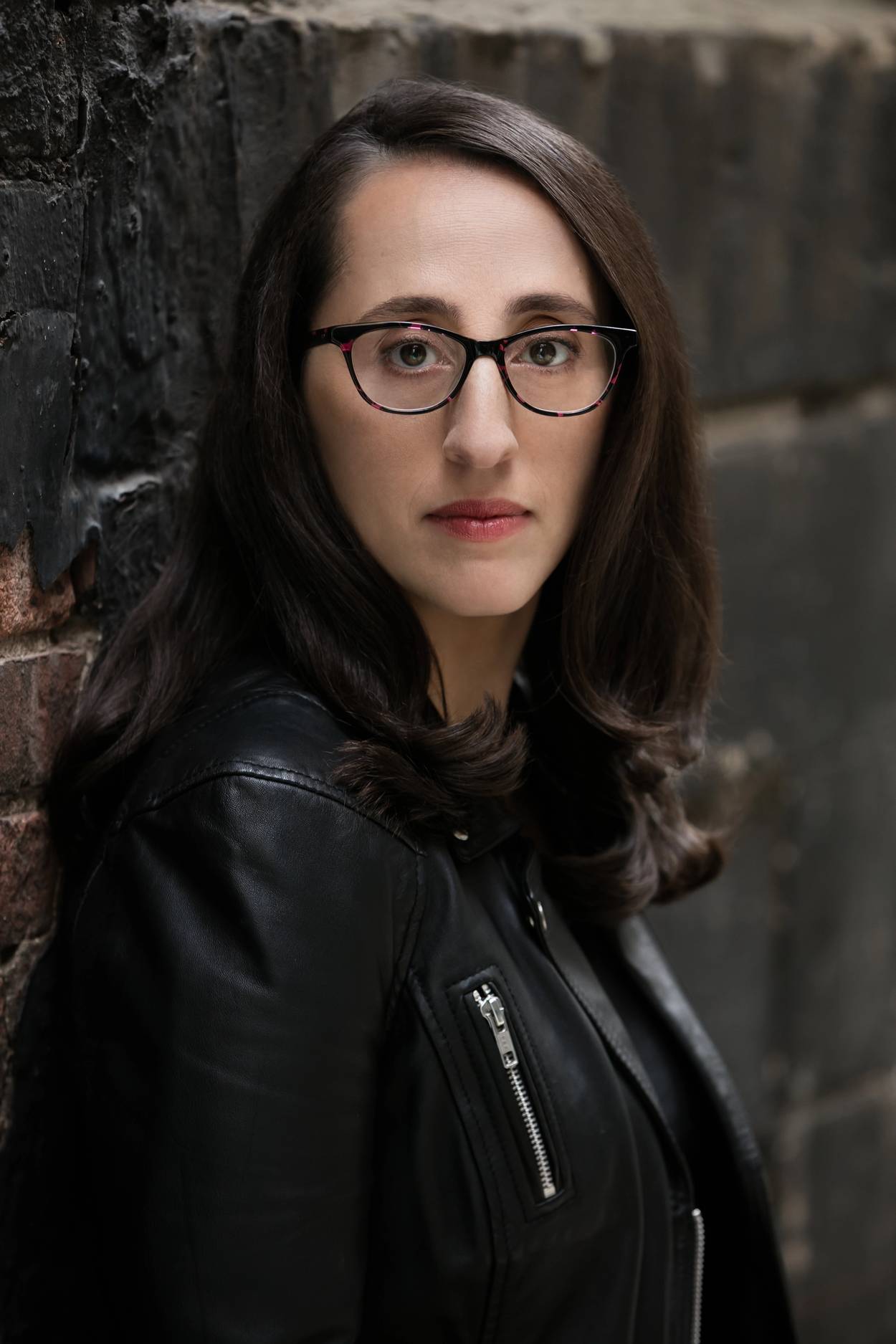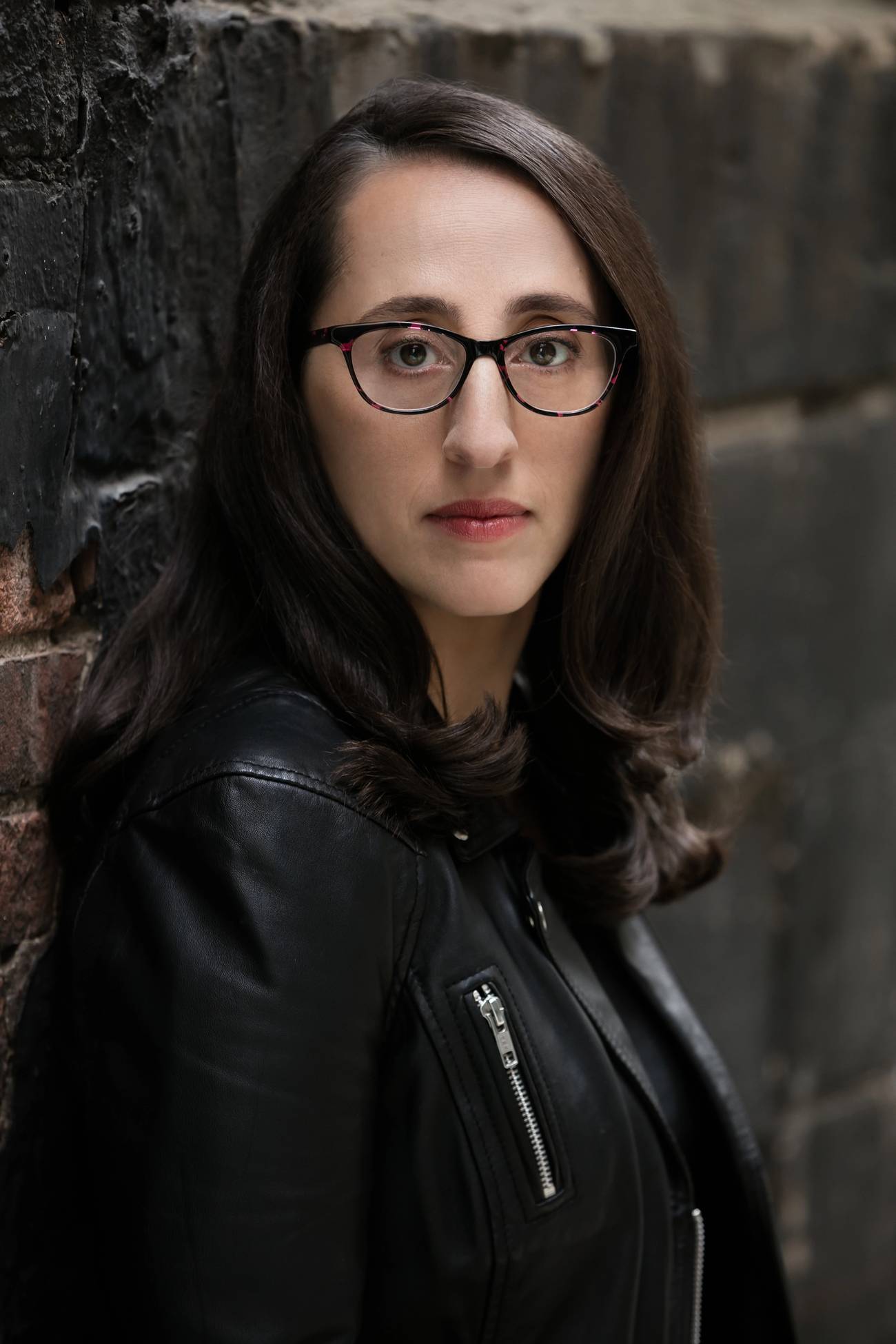Adapting Untold Holocaust Stories for Young Readers
How Judy Batalion turned a book about women resistance fighters in the ghettos into an age-appropriate resource for middle schoolers




Every author looks forward to her book’s publication date. But for Judy Batalion, today is doubly important, because she has two books coming out.
The Light of Days: The Untold Story of Women Resistance Fighters in Hitler’s Ghettos—excerpted today in Tablet—tells the story of the young Jewish women and teenage girls all over Poland who transformed Jewish youth groups into resistance factions, and who helped build systems of underground bunkers, paid off the Gestapo, and bombed German train lines, as the Nazis destroyed their communities and families. The groundbreaking, thoroughly documented history—already optioned for a movie by Steven Spielberg—is published by William Morrow and runs nearly 600 pages. Batalion’s second book, carrying the same title but running half the length, is the young reader’s edition of the story, published by HarperCollins.
How is it possible to adapt such a serious adult book for a young audience, ages 10-14, without losing its power? For Batalion, who grew up in a family of Holocaust survivors, this involved remembering what was important to her when she was that age. But it was also about how important she had come to believe it is for young Jews to learn about female resistance narratives that, historically, had been occluded or ignored.
In 2007, Batalion was researching strong, Jewish women, looking for role models for her own life. At the British Library in London, where she lived at the time, she looked up Hannah Senesh, the young Hungarian poet turned paratrooper who left the safety of Palestine to rescue Jews, and was captured and killed by the Nazis. Batalion had learned about Senesh in fifth grade, and the story made a big impact on her: “The fact that she was so brave, that she did this widely dangerous thing—by choice!—stayed with me for 30 years.” It was purely by chance, while looking for books about Senesh, that Batalion stumbled across a dusty tome in Yiddish, Freuen in di Ghettos (1946), which would become the seed for what grew into a more than a decadelong research odyssey yielding so much more than what she had ever hoped for.
Freuen in di Ghettos told the stories of 50 young women, all heroines in their own rights: spies, armed fighters, smugglers, saboteurs. Since Batalion grew up in her grandparents’ Yiddish-speaking household in Montreal and also learned Yiddish in school, she soon realized she was holding a precious collection of stories in her hands. Then a thought crossed her mind: If she did not share these largely unknown and untranslated stories with the world, then who would?
Energized by her discovery and what felt like a duty to her Polish ancestors and future generations, Batalion embarked on a mission. But, she said, once she started researching, she discovered the story was bigger than she had initially imagined: “Thousands of women! It was exciting but also overwhelming, because how can you tell all these stories? Well, you can’t.”
She sold her book to William Morrow in February 2018, and soon after, Spielberg bought the movie option; Batalion is currently co-writing the screenplay with Michael Mitnick. When HarperCollins approached her in late 2019 about adapting the book for young readers, she was thrilled. However, she was also concerned about what children that age know about the Holocaust, since the adult version assumes a certain awareness about the general background and topics surrounding this specific time in history. “The context of the Holocaust needs to be apparent,” she said. “For example, it’s important that the young reader understands that when we are talking about the German army vs. the resistance fighters, these are unequal armies.” She added some extra historical framework in the introduction and also in the glossary in the back where terms such as “Antisemitism, “Holocaust,” and “Ghetto” are explained, words that are hopefully familiar to most adult readers, but not necessarily to young ones.
Winifred Conkling, a seasoned writer and editor of young readers literature, was hired by HarperCollins to collaborate with Batalion on the adaptation. Conkling was not deterred by a tight publishing schedule, and as a mother of three daughters, the subject matter interested her. She said yes before she was familiar with the text, and was surprised by how devastatingly intimate the stories were, and how they were outside the scope suitable for young readers.
What followed was a whirlwind editing race for three months in late 2019 and early 2020, as an April 2020 release had been set for both books. Conkling made an initial pass, looking for the heart of the story, which meant centering the story around fewer characters and, as she said, focusing on “what motivated these young women to take the risks that they did, the challenges they faced, including this wide assortment of trauma and the consequences.”
Batalion said once the manuscript was condensed, she felt liberated, and was able to look at it with fresh eyes. But she also noted that when you start taking people out, meaningful scenes can be lost: “Some things I had her add back in, like anecdotes from when the young women were children.”
The book was in copy editing when the pandemic hit, and the publication date for both books was pushed back a full year.
Conkling, who is not Jewish, said that the fact that she comes from outside the community may have been helpful. Every time a new concept was introduced that many readers familiar with the background might gloss over, she said they stopped and added a clause or phrase to put it in context or describe what it means.
But there was a constant push-pull between what to take out and what to leave in. The goal was to respect the reality and tell it in an authentic way, but also to be mindful of the audience. For example, the adult version does not shy away from scenes that describe the often-graphic sexual violence these young women suffered at the hands of the Germans, or images of Nazis sadistically torturing and killing young and old, women and children. “You don’t want to traumatize kids to the point that it closes them down and makes the story inaccessible because they can’t process it,” said Conkling. “So, you are trying to let them know what happened in essence, without spelling it out in detail.” For example, in the adult version one particularly graphic scene is described in which a German soldier grabs a baby from its mother’s arms and kills it in the most horrific manner while the mother and other children watched the atrocities, wailing uncontrollably. In the young reader edition, the scene is deleted, and the text instead explains more generally that people of all ages were taken away by the Germans and sent to Auschwitz to die. Renia, one of the main characters, is quoted saying, “All the hearts were broken ... It’s a wonder people maintain their sanity.”
Conkling also pointed out that documentation such as source materials and photographs like those that appear in the young reader’s edition are essential, so that nobody can suggest it is fiction.
Batalion will be speaking to middle schoolers and bat mitzvah classes, which she is very excited about. As she pointed out, kids that age like to discuss ethical conundrums: If you had to make these decisions, what would you do? Fight or flight? Though Batalion has not yet shown her 9-year-old daughter the book, these conversations will certainly prepare her to tackle the sometimes difficult subject matter at home as well.
Batalion said adding a layer to our legacy as Jews and as women is particularly important for young readers. “We come from this line of incredibly daring, strong, courageous, cunning, smart, masterminding women who just did incredible things for their people,” she said. “They should know that. Every bat mitzvah girl should know that.” She also pointed out that even though the Jewish women in the resistance knew they were not going to defeat the German army, it was worth the fight: “The idea that small acts of resistance matter. Rebellion matters. The fight for justice matters, even if you are going to lose, it matters. For your descendants and for fellow humans. I want children to take this away from the story,” she said.
Another essential lesson from these stories being told from the perspective of young women is the awareness it brings to readers that all histories are constructed, and that they come from the historian’s or the teller’s bias. “It’s important that as we grow up we come to understand that there is no one story. Every narrative has been constructed for a reason, by a zeitgeist, and that it’s not the only story.”
Alexandra Cooper, the editor at HarperCollins for the young reader’s edition, noted that if middle and high schoolers read about the Holocaust, it’s traditionally Anne Frank’s diary they are exposed to. She read many Holocaust narratives herself at college level, but never one like The Light of Days. “My mother’s family was from Poland,” said Cooper. “Early on, Judy and I talked about the fact that there was a personal connection which made it both relevant and meaningful to me as well.” Talking about accessibility for young readers, Cooper said that she wanted everything to be defined—for example, what it means to light Shabbat candles, or what the women did in the camps while in captivity. She wanted it to be clear to readers of all backgrounds.
Batalion has high hopes for the young reader’s edition. “My dream is that when young readers learn about these women, that it stays with them,” she said, “like it did with me and the story of Hannah Senesh.” She is deeply thankful for the women resisters and survivors who wrote their testimonies, leaving this important legacy that she was lucky to discover in the dusty shelves of a library. But, she added, she is also acutely mindful of all those who did not survive. “Sometimes I feel like the granddaughter they never had because they died or were killed fighting,” she said. “I feel responsible to them.”
Nina Lichtenstein is a writer, teacher, and storyteller who divides her time between Maine and Tel Aviv.